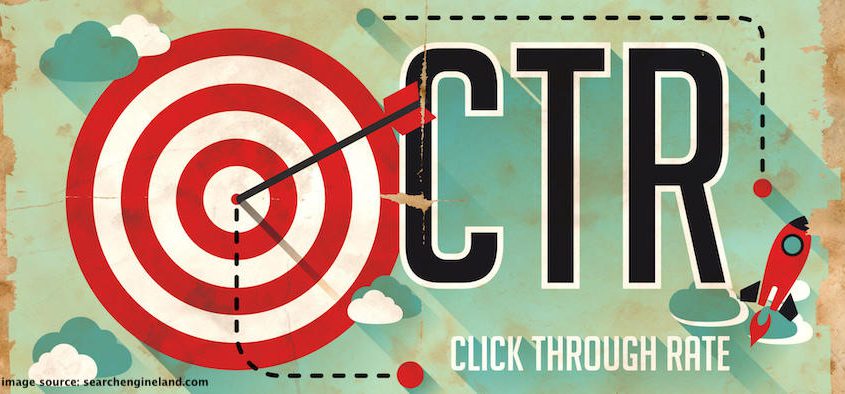To succeed, every business needs to develop a good sales strategy. However, good marketing is not the end of the effort. Instead, businesses should leverage good marketing for further development i.e. for planning and implementing a strategy to successfully sell to their customers. A deliberate, thoughtful activity, successful sales requires a process that you initiate repeatedly.
Below are a few DIY sales strategy that you need to consider
In short, successful sales isn’t possible without an effective sales strategy. So, how do you create an effective sales strategy and what sales strategies do you include in it?
1. Plan Ahead
Without some planning and forethought, you cannot have a successful sales campaign. Before anything else, you need to list down the goals for your sales campaign. Once you’ve done that, set the parameters for your campaign i.e. how much you’ll spend on materials, which sales channels you’ll use, what special offers would you have during the course of the campaign and how long the campaign will run.
Be specific when setting your goals. A good thing to do would be setting the main goal and a stretch goal. For example, if your main goal is selling three thousand units of a product then your stretch goal could be selling five thousand units of the same product. Once you know your target, you will have a good idea of how long it’ll take for you to reach your goals. Moreover, you will have a good idea of how much money you should be ideally spending on your campaign.
Related:
Proven Sales Strategies
2. Consider the Type of Sales Strategy Your Business Needs
Businesses have to choose from two basic types of sales strategies: direct and indirect. If you go for a direct sales strategy, you will have to fight your competitors head on to win customers. Businesses using this strategy talk about each feature of the competitor’s product and then compare it to theirs. This is the reason a direct sales strategy is often referred to as ‘negative selling’. On the other hand, an indirect sales strategy involves the use of more subtle techniques to win customers and make sales.
Unlike the businesses using a direct sales strategy, businesses using an indirect sales approach demonstrate/promote features and benefits not offered by their competitors. An indirect sales strategy requires a lot of research and analysis to be successful.
3. Think About Ways to Motivate Your Sales Team
Once you’ve set the parameters for your sales campaign, you need to think about how you can motivate your sales team to make the campaign successful. Even the best-planned campaign will fail if you don’t have a motivated sales team. Offering extra compensation to the sales team can help you to make your sales campaigns successful. Of course, the easiest and probably the best way to motivate salespeople is by offering a cash bonus. For example, if the purpose of a sales campaign is to promote and sell more of a particular -product then a good strategy would be offering the sales team double commission for successfully selling that product.
Another strategy that could work well is setting up a contest where you offer the salesperson selling the most units of the new product a big bonus. If you’re short on cash, then you can offer some non-monetary rewards such as certificates and medals.
4. Define Your Target Market
Your sales success depends on how well you know your target market. You won’t be doing business with everyone. And even if you were, you’d have to start somewhere. To build up momentum in your sales campaign, you need to have a specific target area or market. This is the area or market you need to focus on. It is important that your target market is big enough. Your odds of success will decrease if your target market is too small. To have the numbers working in your favor, you may have to combine two similar target markets.




















